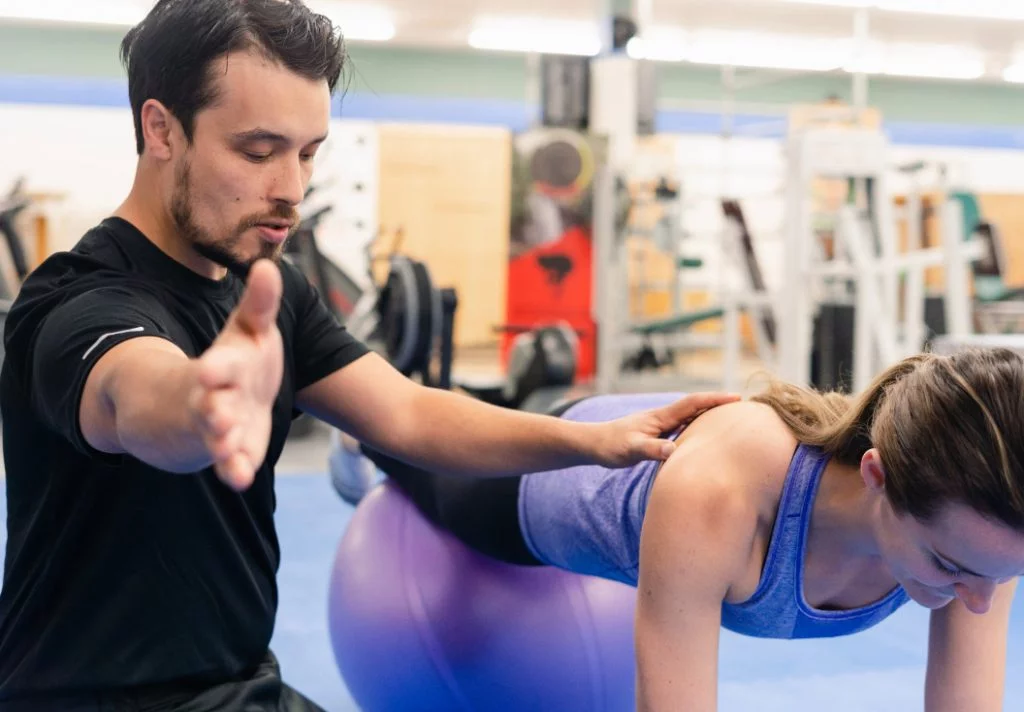
Postural assessment is a critical component in evaluating the alignment of the body and identifying imbalances that may lead to pain or injury. A comprehensive postural analysis involves examining the body’s alignment in standing, sitting, and dynamic positions. The goal is to understand how your body moves and maintains stability under various conditions. Poor posture, often caused by prolonged sitting, improper lifting techniques, or repetitive movements, can result in muscle imbalances and joint stress. By identifying these issues, trainers and therapists can tailor corrective strategies to enhance overall functionality.
A postural assessment involves analyzing the alignment of the body to identify imbalances that may affect movement, cause pain, or increase the risk of injury. During this process, a professional evaluates key areas, including the head, shoulders, spine, hips, knees, and ankles, to detect misalignments or asymmetries.
The assessment typically begins with a static evaluation, where the individual stands naturally while the practitioner observes their posture from different angles—front, side, and back. This helps identify visible issues such as forward head posture, rounded shoulders, or uneven hips.
Dynamic assessments, such as analyzing movements like squats, lunges, or walking patterns, provide further insights into how the body functions during activity. Advanced tools, including posture grids, motion capture software, or digital photography, may be used for detailed analysis and to track progress over time.
These observations help pinpoint areas of tightness, weakness, or restricted mobility, enabling the development of a personalized corrective strategy. By addressing these underlying issues, postural assessment lays the groundwork for improved alignment, better movement, and long-term physical well-being.
Enhanced posture and mobility offer numerous benefits, from improved athletic performance to reduced risk of injuries. Proper alignment minimizes unnecessary stress on muscles and joints, leading to better energy efficiency during movement. For athletes, enhanced mobility allows for more explosive and controlled motions, whether sprinting, jumping, or lifting weights. For the general population, improving posture reduces chronic pain, particularly in the neck, shoulders, and lower back, while promoting better breathing and circulation.


Correcting postural and mobility issues requires a combination of stretching, strengthening, and mindfulness techniques. Stretching tight muscles, such as the hip flexors, hamstrings, and chest, is essential for improving flexibility. Simultaneously, strengthening weak muscles, like the glutes, core, and upper back, helps restore balance. Techniques like myofascial release, yoga, or Pilates can enhance both posture and mobility. Mindfulness practices, such as maintaining awareness of posture during daily activities, are also critical for long-term success.
Investing in your health and fitness boosts physical and mental well-being. Regular exercise and proper nutrition create a strong foundation for a healthier, happier life. Your future self will thank you for the effort you put in today.

Where fitness meets community. Achieve your goals with expert trainers, top-notch equipment, and a supportive vibe!

Expert trainers dedicated to your success. Personalized guidance, motivation, and support to help you reach your fitness goals!

State-of-the-art equipment for every workout. Experience quality, innovation, and performance to maximize your fitness potential!

Modern facilities designed for comfort and performance. Enjoy a clean, spacious, and motivating environment for your fitness journey!
A professional observes your posture in static positions and movements, analyzing alignment of the head, spine, hips, and more. Tools like posture grids or motion analysis may be used.
Yes, with targeted exercises, stretching, and habit changes. Improvement depends on the severity of the issue and consistency, taking weeks to months.
173 Abbeville Road, London, SW4 9JJ
Monday-Friday 5am-9pm Saturday 6am-3pm Sunday 8am-1pm
Jetts Clapham Road
Jetts Clapham Road
Jetts Clapham Road
Jetts Clapham Road